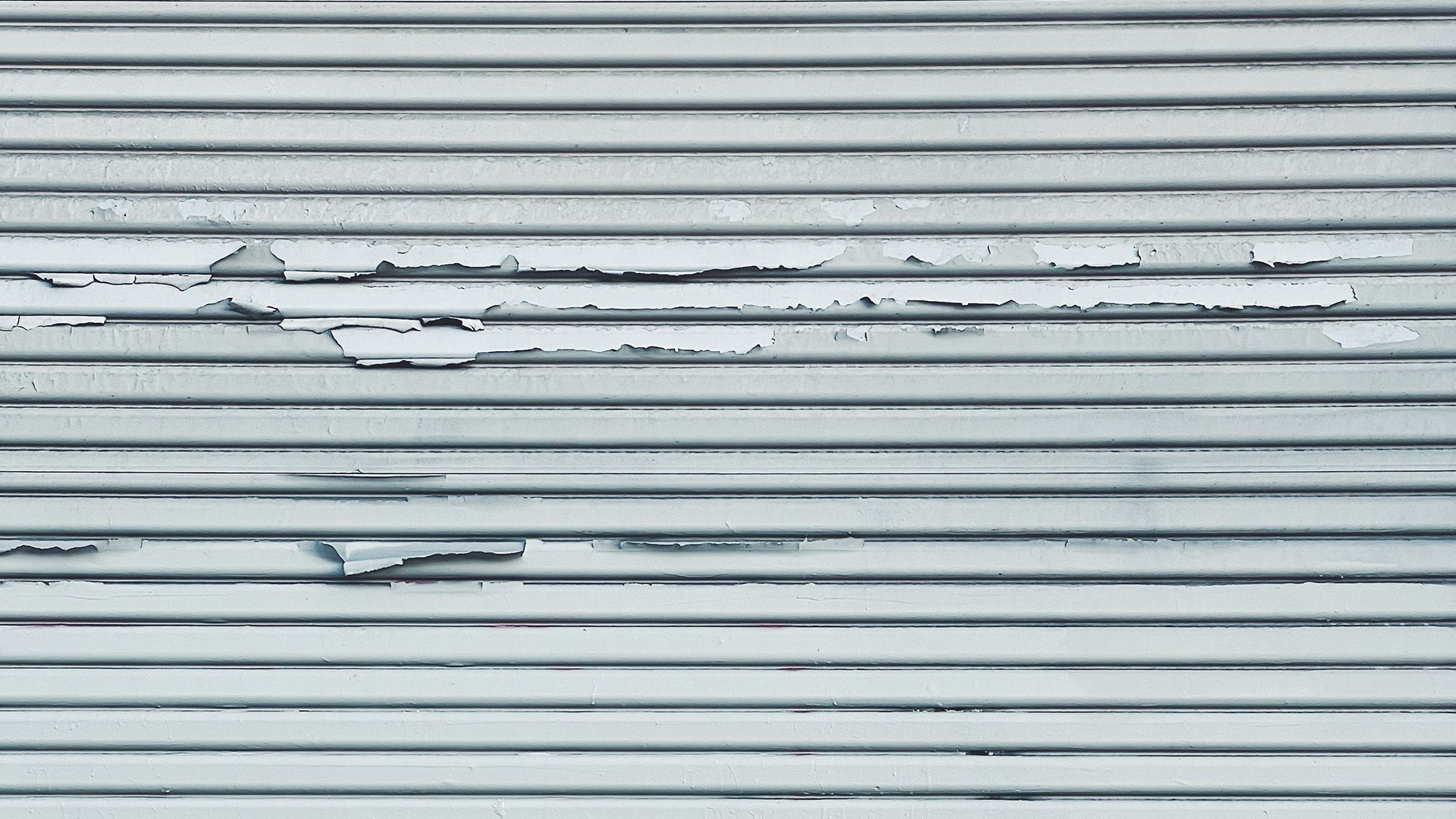Your garage plays a vital role in keeping your home safe. Being proactive in garage maintenance and learning how to identify minor issues before they get worse will save you lots of time, money, and hassle. In this blog, we wanted to share our expertise on daily problems that might cause irreparable garage damage in the long run, including tips on how to prevent deterioration from occurring.
1. Weather damage
The weather is undoubtedly one of the most common causes of garage damage. Whether you live in a mild climate area or under harsh weather conditions, general wear and tear will likely affect your garage sooner or later.
Hail and water are typically the two main causes that can wreak havoc on your garage and property. Hail can dent garage doors, roofs and walls. It’s likely that hail stones’ impact on hard surfaces will create cracks through which water can eventually leak in. Having water pooling in your garage is a clear sign of a leak that needs to be addressed as soon as possible.
After identifying the cause of the leak, the first quick and easy action you can take to stop water spillage is by either placing a container to collect water drops or pushing water out of your garage floor with a squeegee, this, however, is only a temporary solution. Then, if cracks can be filled, you can pore polyurethane concrete filler in a caulking tube and inject it into the cracks. These products should be available in your local hardware store or purchased online. If cracks are beyond repair you might need to seek garage a maintenance professional.
2. Insulation failure
Cracked sealant on your garage walls or frayed weatherstripping around your garage windows and doors will expose them to water and cold. This will cause damp issues over time, resulting in the signs of garage damage mentioned above. Repairing or replacing sealant and insulation strips (using materials such as foam tapes) will help prevent any further water damage. Even after reparation, we strongly recommend checking your garage insulation on a regular basis to see if additional work is necessary.
3. Roof weight pressure
Due to the weight of the roof structure, if wall reinforcement hasn’t been done properly it can increase the pressure on your garage walls and cause them to curve over time. If a garage starts bowing under its own weight, it's an obvious sign of deterioration that needs professional intervention. This type of issue can be fixed via concrete jacketing. The method involves strengthening your garage walls with extra layers of concrete to increase their thickness.
Damaged garage door
To prevent garage door damage, we strongly recommend you keep an eye out for these common causes:
Misaligned tracks
The constant movement of a garage door or the risks of wall buckling aforementioned can shift your garage door tracks out of place. These metal tracks allow the garage door to glide smoothly up and down. Over time, if the tracks become misaligned they prevent the door from opening and closing properly and even cause the door to bend. A bent door is not easy to straighten, making it an even bigger issue. Therefore, if you ever notice a gap between your door and the tracks make sure to fix the misalignment.
Broken cables or springs
The wire cables also assist in lifting and lowering the garage door. Once used repeatedly, they can become distorted, brittle and eventually break. Every two weeks or at least once a month, inspect the cables and see if they start to fray, wear out or decay and if they do, have them replaced.
A garage door mechanism can be made up of many springs. As they have to deal with a lot of pressure, depending on the usage, their lifespan can be pretty low. After springs break, your garage door won't work in the same way so you'll need to replace them. Spring replacements are generally inexpensive and if you are good at DIY home improvement, you could even replace them yourself.
Electrical issues
Nowadays, the majority of garage doors are electric. An extremely common problem is that the door will not open or close. In most cases, this problem can be resolved by simply changing the batteries. After that, if you still can't fix it, your photo-eye sensor might need to be replaced.
Photo-eye sensors are small plastic boxes that are attached to garage doors. They emit invisible rays and act as safety devices. When the rays or sensors are blocked, the door won't close. Make sure that nothing is blocking your photo-eye sensor. Using a damp cloth should be enough to clean the device and protect your garage door installation.
4. Neglecting maintenance
Another common cause of garage damage is improper maintenance. For example, the lack of regular lubrication on your garage door causes the moving parts to wear and eventually tear down. Worn parts can cause the garage door to stick or jam, making it difficult to open and close, which will impact the rest of your garage indoor space.
When minor issues are ignored, they can become much more serious and costly. Although regular maintenance can prevent some of these problems from occurring, time will always catch up to your garage, and especially your garage door. The best thing you can do is stay vigilant and act immediately when you notice any signs of a problem.
Are you looking to replace your damaged garage door?
If despite extensive care, your garage door does not operate as it should, trying to repair the door yourself can often make the situation worse. Don’t worry, we’re here to help! You can contact our friendly team of professionals if you are experiencing any type of garage door issues.
You can also book a free survey today at Garolla , one of our experts will assess your situation and provide the solution that fits you best.

